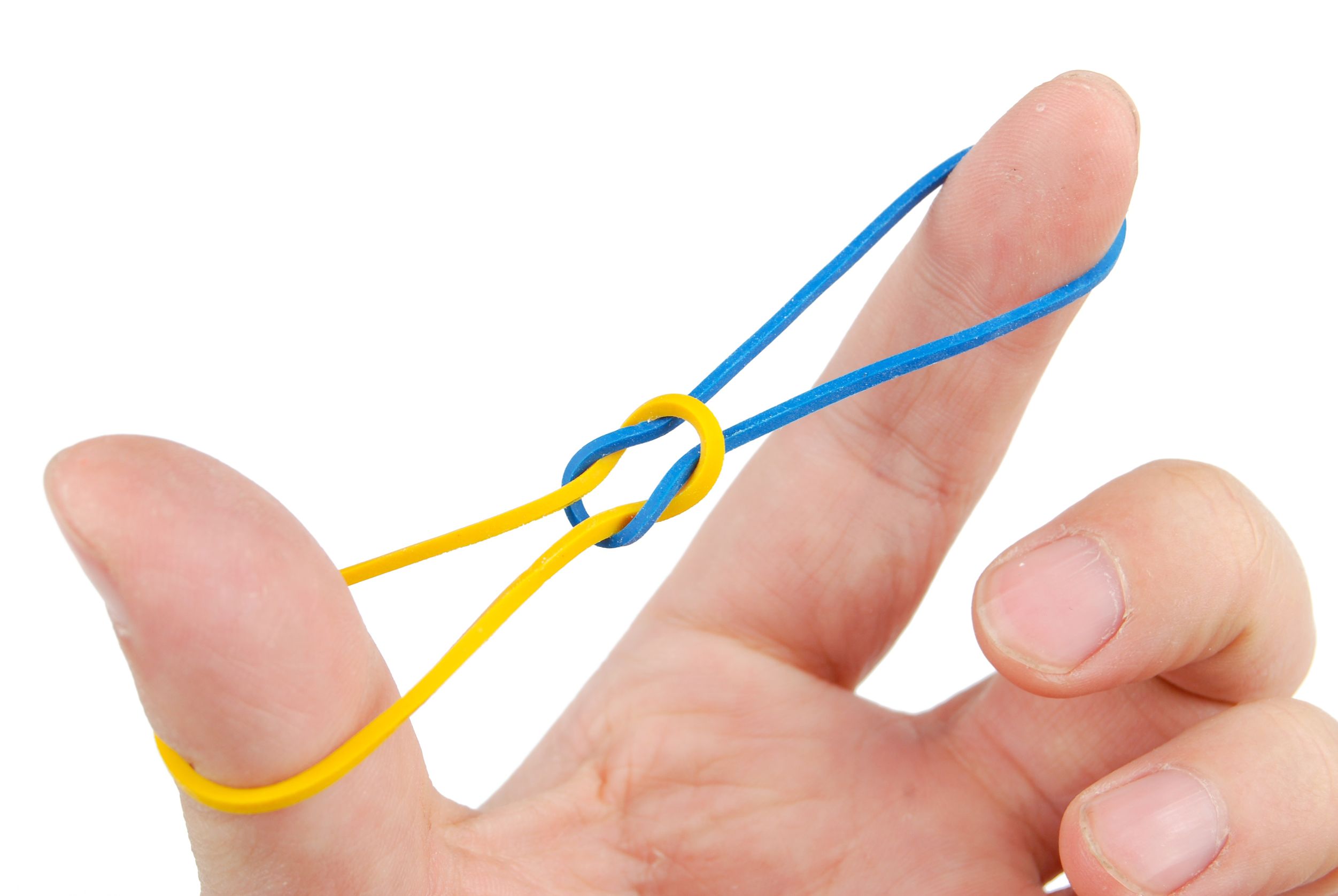3 min read
Personal Leadership Development Plan: Helping Teams Under Stress
IS YOUR TEAM UNDER STRESS?
The following is another lesson from my coaching play book about a leader whose team was...
By: Diane Ring on July 19, 2021

In this recent post, I gave an overview about stretch goals, what they are and how they can accelerate the development of a leader striving to advance. Here is how to add stretch goals into your personal leadership development plan.
This post focuses on the unique challenges associated with working on stretch goals that need to be taken into consideration to set your rising leader up to succeed in this kind of learning. They can be trickier than you think.
Stretch goals present a test to one’s abilities and because of their high level of difficulty and complexity, the possibility of failure is always lurking in the background. Like the favorite childhood story about the little train whose mantra was, “I think I can, I think I can.”
Researcher Carol Dweck has been showing dramatic results in the role a “growth mindset” has in learning. She defines a growth mindset as a belief that you can learn even if it takes a big effort, and that with more investment you can improve. A belief that you can develop the skills you need to grow are keys to succeeding with stretch goals.
One of my past clients has a made a career out of seeking and tackling stretch assignments such as challenging his manufacturing company to convert from traditional to lean manufacturing. His belief in his ability to grow, learn and take the manufacturing process to state of the art processes was acknowledged by top management to be the key to the transformation the company sorely needed to stay competitive.
He cultivated a growth mindset throughout the organization. His email tag line for 15 years has been the saying, “When you’re through growing, you’re through.”
Alternatively, a fixed mindset is when you believe you either are or aren’t good at something, based on your inherent nature, because it’s just who you are.
Check this Ted Talk out if you want ideas for how to foster a growth mindset in yourself and your team.
Because stretch goals are typically not quick fixes, the results take a while to accomplish. It took 3 years to for my client to establish lean manufacturing companywide. Distance to the outcomes creates challenges because our brain processes short distance vs. long distance thinking in two different areas. The further away a goal is, the more abstract it seems. The here and now gets the brain’s attention far more concretely. Results we can impact in the here and now are more rewarding to the brain while we check tasks off of our to-do list, than focusing on a lofty goal off in the distant future that may not even seem attainable.
Since using a stretch project to accelerate a leader’s development means doing this on top of their regular job with unforgiving demands, there is a lot of tension between where to focus and how to fit both short and long term goals in. Rather than being inspired to be in a growth experience, this tension can easily lead to stress and disengagement which are anything but helpful learning conditions. And if your stretch goal includes other people, you have their disengagement to also manage. Both are challenges my client experienced extensively during his lean manufacturing journey.
There are more pros and cons to stretch goals than I’ve begun to tackle here. Here are two additional resources to help you get more insight into the ups (To Grow Your People, Stretch Them) and downs (The Folly of Stretch Goals) of them. There are indeed both.
Working on a goal that seems darn near impossible is not the ideal way to develop all your talent. For my manufacturing client, it was ideal. It gave him a reason to get him out of bed every day for several years and his successful learning and results were key to his promotion from Plant Manager to Vice President of Manufacturing.
I’ve worked with some clients where the stretch project almost sunk their ship. Either way, having a chance to put new leadership skills to practice on a real world challenge of some scale of difficulty is a practice worth checking into.
Would you try Stretch Goals in your business have accelerated leadership development? Tell us below!
Nov 4, 2021by Diane Ring
IS YOUR TEAM UNDER STRESS?
The following is another lesson from my coaching play book about a leader whose team was...
Nov 3, 2021by Diane Ring
There is nothing like a sudden change of executive leadership to trigger all kinds of personality dynamics in a team....
Nov 2, 2021by Diane Ring
More than 70% of executives are not effective at supporting new-to-role peers and managers according the Corporate...